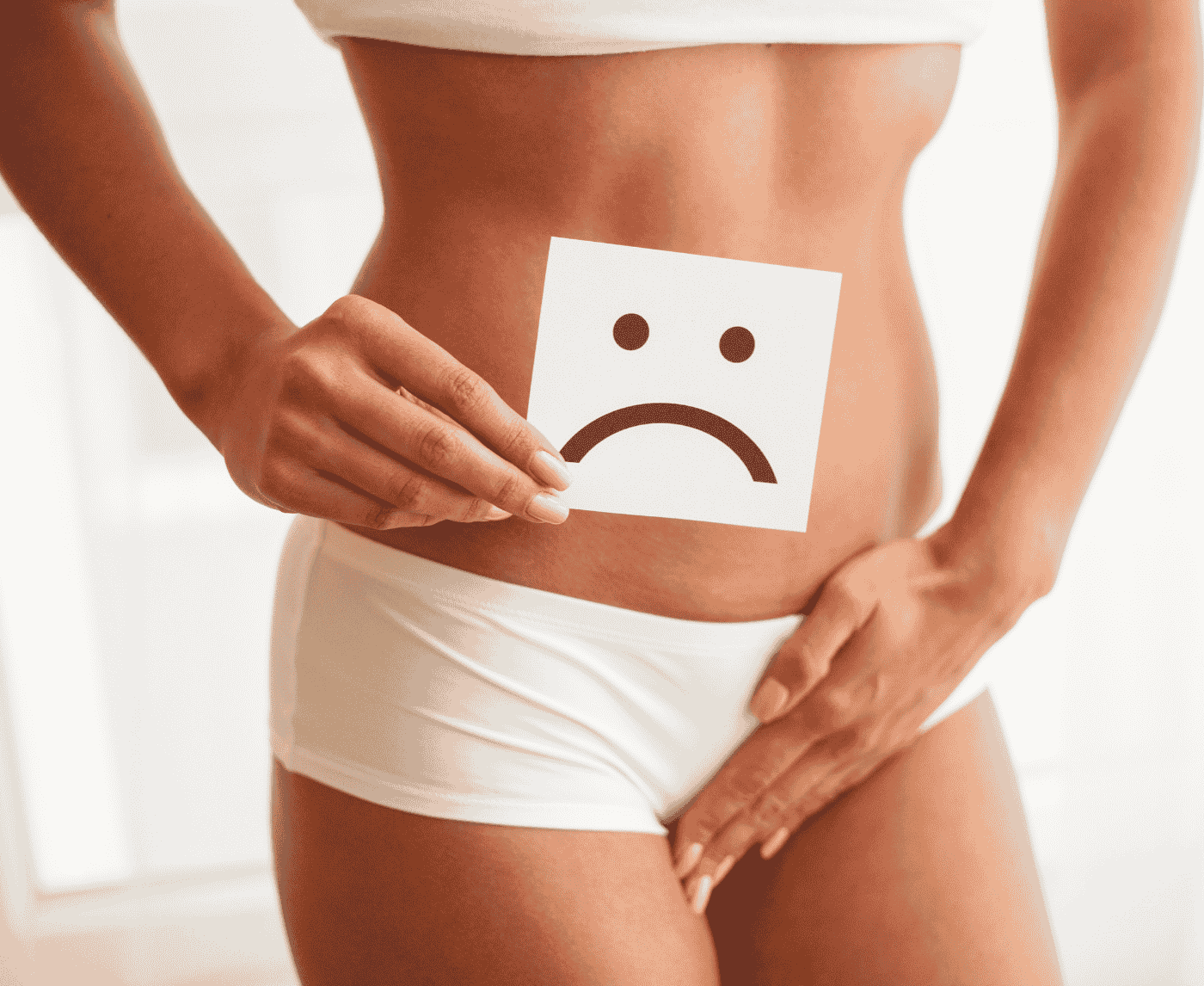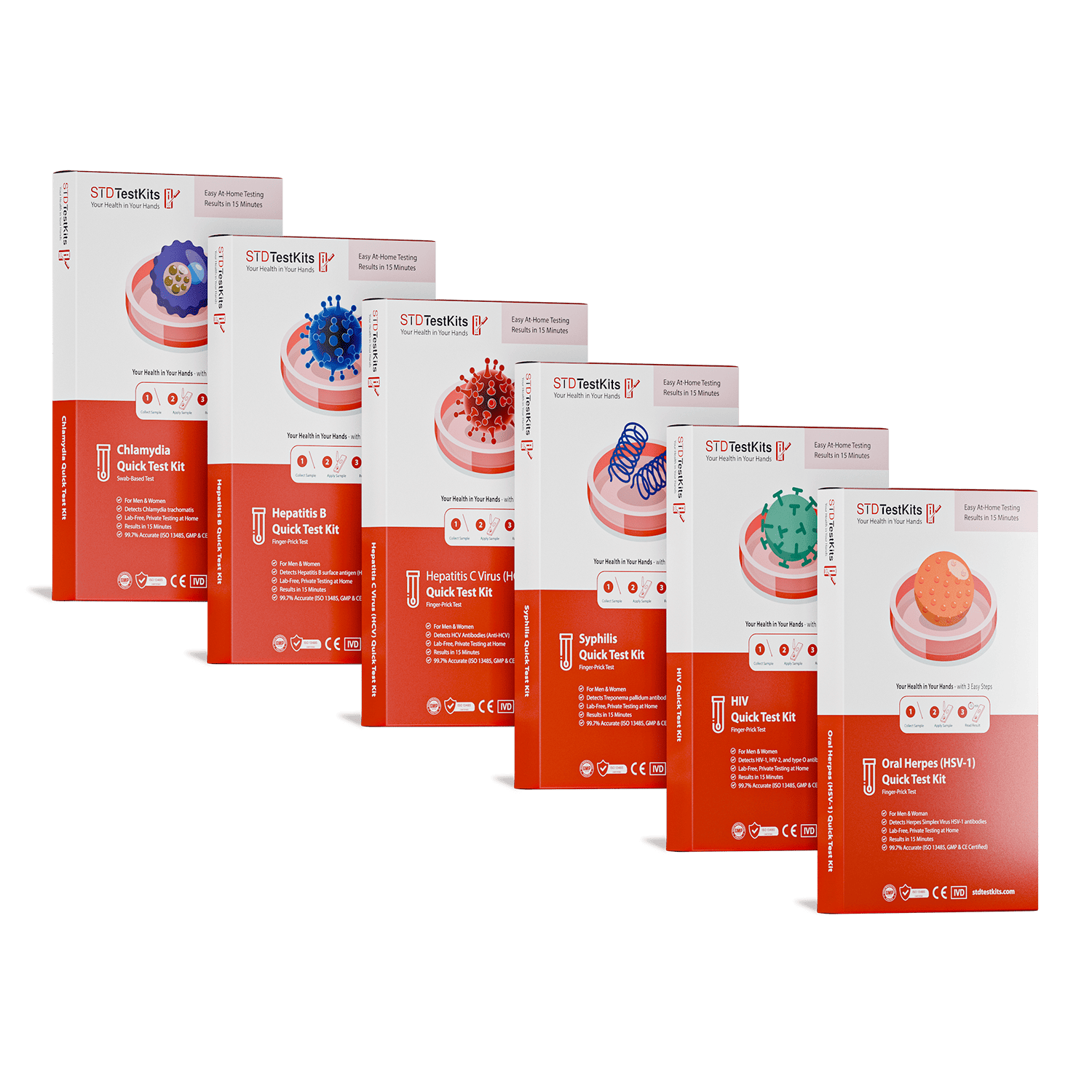The Numbers Don’t Lie Why Non-Sex Workers Often Have Higher Undiagnosed STD Rates
Quick Answer: Yes, you can get an STD even if you use a condom, especially infections spread by skin contact like herpes, HPV, or syphilis. Condoms reduce risk, but they don’t eliminate it.
This Isn’t Just Paranoia, It’s Biology
Condoms are highly effective against STDs that spread through bodily fluids like chlamydia, gonorrhea, and HIV. But not all STDs are passed that way. Infections like herpes, HPV, and syphilis can spread via skin-to-skin contact, meaning they can bypass the condom entirely if lesions, sores, or infected areas aren’t covered.
Erik, 27, thought he was in the clear.
“We used a condom every time. But I still got diagnosed with genital herpes. Turns out, it was a small patch of skin near my thigh that wasn’t covered. I felt betrayed, by my partner and by the condom.”
This isn’t rare. In fact, the CDC reports that herpes can still spread through skin not covered by a condom, even if there's no visible sore. That’s why protection is about more than latex, it's about knowledge, timing, and testing.

People are also reading: How Chlamydia Affects Fertility, And What You Can Do About It
So, What Exactly Do Condoms Protect You From?
Let’s be real: condoms are not useless. They dramatically reduce your risk of certain infections, but they aren’t a force field. Here’s how the data breaks down:
Figure 1. Condom protection levels by STD type. Note: “Effectiveness” assumes proper and consistent use.
“We Only Had Oral. I Still Got Something.”
Jade, 22, thought oral sex was the safe sex.
“He used a condom during penetration, but not oral. A week later I had a sore in my mouth. My doctor said it was syphilis. I didn’t even know that was possible.”
It is. According to the CDC, oral transmission of syphilis, gonorrhea, herpes, and HPV is not only possible, it’s increasingly common. That’s why protection during oral sex matters too, whether it’s condoms or dental dams. But the reality is, many people skip it.
The result? Symptoms that show up in places you didn’t expect, mouth ulcers, throat irritation, or mysterious rashes after a weekend hookup that “seemed low risk.”
If you’re noticing symptoms after oral or “protected” sex, this at-home combo STD test kit covers multiple infections and can offer clarity in minutes.
Why Condoms Can Fail, Even When You Use Them “Right”
In a perfect world, condoms are 98% effective. In reality? Human hands, late-night hookups, and expired latex drop that number. The most common reasons STDs slip past protection aren’t dramatic, they’re subtle, forgettable, and sometimes invisible in the moment.
Here’s what actually happens:
Condoms break, even when they’re not expired, especially if they’ve been in a wallet too long or used without enough lube. Condoms slip, especially during withdrawal or if the condom was too loose or too tight. And sometimes, people just don’t put them on early enough, exposing partners to skin-to-skin STDs before the condom is even in play.
A 2022 study published in the journal Sexually Transmitted Diseases found that up to 30% of condom users report occasional slippage or breakage, and many don’t realize the failure until after the fact.
Bottom line: even the best condom in the world can’t prevent exposure if there’s contact before it’s on, or if something goes wrong during or after sex. That’s not fearmongering. That’s biology, physics, and lived experience talking.
“I Used Protection. Why Do I Still Feel Gross?”
Even if you know the science, the emotions hit differently. The ache in your lower stomach. The tingling around your genitals. The sore in your throat that you’re trying to blame on allergies. You start googling. The shame creeps in, even though you did what you were told was right.
Marcus, 31, described it this way: “I felt like I’d followed the rules. Used a condom. Didn’t finish inside her. But then the burning started. And suddenly I was the guy texting past partners like, ‘Hey, we need to talk.’”
If this is you, take a breath. Symptoms don’t mean you’re dirty. They mean your body is alerting you. Testing is not a confession, it’s care. And with at-home kits that are quick, discreet, and accurate, it doesn’t have to be a public ordeal.
Explore your options now on the STD Test Kits homepage or go straight to the Combo Test Kit if you’re feeling unsure.
When to Test After “Protected” Sex
If it’s been a few days since the encounter, you might be wondering if it’s too early to test, or if you’re already in the clear. Here’s how timing matters.
Figure 2. STD window periods after exposure. “Window period” refers to the time between exposure and when a test can reliably detect the infection.
If your test is negative but taken early, consider retesting in 1–2 weeks, especially if symptoms evolve. Don’t panic. Just plan. The accuracy of at-home tests improves dramatically when timed correctly.
Don’t Wait and Wonder, Check, Don’t Guess
That weird bump, the internal sting, or the “just in case” feeling doesn’t mean you did something wrong. It means you’re human. Sex isn’t sterile. Even with a condom, bodies carry risk.
What matters now is information. Not guilt. Not guessing. Not hoping it goes away. This at-home combo kit checks for the most common infections with one easy test. No awkward clinic. No waiting room. Just answers.
Take back the power. Test from home. And if the result is positive? We’ve got next steps ready for that too.
What If Symptoms Show Up Anyway?
You did everything right, or at least everything you were told. But now there’s something off. An itch. A sore. A burning sensation. Maybe even nothing you can describe, just a gut feeling that something isn’t okay.
This is where many people freeze. They convince themselves it’s irritation from shaving. A new detergent. A late period. Anything but an STD. Why? Because they used protection, and protection is supposed to be foolproof. But it isn’t. And denial won’t help you heal.
Tasha, 25, put it this way: “I waited two weeks before even Googling symptoms. I felt stupid for thinking I could get herpes from a partner who used a condom. Turns out, I did.”
If something feels wrong, trust that. Testing from home lets you act on your instincts without shame, logistics, or delay. And if it’s not an STD? You’ve still taken control.

People are also reading: Allergic to PrEP? Here’s How to Prevent HIV Without It
Should You Retest? Here’s When It Makes Sense
Not all STDs show up on tests right away. And even if your first test comes back negative, that doesn't always mean you're safe. That's why retesting is often part of the process and not a sign that you did something wrong.
Here’s when a retest might be a smart move:
- Early testing: You tested less than 10 days after exposure
- Persistent symptoms: Something still feels off even after a negative test
- Multiple partners: You had more than one encounter or exposure window
- Antibiotic use: You were on meds that might’ve interfered with detection
Testing isn't about catching something. It's about clearing your name, or catching something early enough to treat it easily.
Privacy and Shipping: What You Can Expect
Are you worried about your roommates, mail carriers, or partners who are curious? Don't worry. All orders from STD Rapid Test Kits come in plain, unbranded boxes. There is no writing on the outside that says your name. No logos. No awkward revelations. It's just a plain box or padded envelope that looks like any other package.
Shipping is fast, typically 1 to 3 business days depending on your location. And most kits are designed for self-use with simple instructions and results in minutes. There’s no lab mailing required unless you choose a hybrid option.
If you’re living off-grid, traveling, or just hate the idea of waiting in a clinic, this is the route thousands of people are choosing every week.
And if you’re not sure which test to start with? The Essential 6-in-1 At-Home STD Test Kit covers the seven most common STDs in one box.
FAQs
1. Can you really get an STD even if the condom never came off?
Yep. It sounds unfair, but it happens. Condoms cover a lot, but not everything. If your partner has herpes, HPV, or a syphilitic sore on skin that the condom doesn’t touch, you can still be exposed. It’s not about failure. It’s about biology doing what biology does.
2. Which STDs can sneak past condom use?
The main culprits? Herpes, HPV, and sometimes syphilis. These can all spread through skin-to-skin contact, not just fluids. So even if the condom was on right and stayed on, anything that touched uncovered skin could still pass something along.
3. I used a condom. Why do I have symptoms?
First, don’t panic. That itch or tingle might not be an STD, but yes, it could be. Condoms lower risk, not erase it. If you’re feeling weird, sore, or just… off, testing is the smart next step. Not because you failed. Because your body deserves answers.
4. How soon should I get tested after “protected” sex?
Depends on the STD. Chlamydia and gonorrhea show up on tests after about a week. Others, like syphilis or HIV, can take a few weeks. If it’s been 14 days, you’re good to test for most.
5. My condom broke halfway through, what now?
Don’t freeze. It happens. If you're within the first 72 hours, testing now can give you a baseline. Then follow up after the standard window period (usually 2–3 weeks) for a more definitive result. And yeah, it’s worth doing even if your partner “seemed clean.”
6. Can I get an STD from oral sex even if we used protection for the rest?
Definitely. A lot of people skip condoms for oral and think that’s low risk. But gonorrhea, syphilis, and herpes all spread that way. Mouth-to-genital contact is still sex, and still carries risk. If you’ve got a sore throat or weird mouth bump afterward, don’t ignore it.
7. What if I already tested negative but something still feels wrong?
Retest. Sometimes, testing too early means the infection wasn’t detectable yet. If symptoms show up after a negative test, or if anxiety is eating you alive, it’s okay to check again. One test doesn’t always end the story.
8. Do condoms actually help, or is this all pointless?
They help a LOT. We’re not saying condoms don’t work, they do. Especially for chlamydia, gonorrhea, and HIV. But they’re not bulletproof. Think of them like seatbelts: they dramatically reduce harm, but don’t stop every injury. Testing is your airbag.
9. How do I bring this up to a partner without sounding accusatory?
Don't blame, just care. "Hey, I've been thinking we should both get tested, just to be safe." If you frame it as something you both do together (not because someone is "dirty"), the conversation will stay calm and free of shame.
10. Where can I get tested without going to a clinic?
Right here. This at-home combo test kit checks for seven common STDs with one easy swab or sample. You do it at home, on your time, no awkward waiting room. It’s accurate, discreet, and way less scary than Dr. Google at 3AM.
You Deserve Answers, Not Assumptions
Protection isn’t failure-proof. You can do everything “right” and still end up with an infection. That doesn’t make you careless. It makes you human. STDs don’t wait for perfect conditions, they take opportunities. Your job is to respond, not blame.
If you’ve got symptoms, doubts, or even just a weird feeling after a “protected” encounter, a combo test kit can give you clarity. Quietly. Quickly. Compassionately.
Take the next step, not because you're scared, but because you care about your body, your peace of mind, and your partners.
How We Sourced This Article: We combined current guidance from leading medical organizations with peer-reviewed research and lived-experience reporting to make this guide practical, compassionate, and accurate. In total, around fifteen references informed the writing; below, we’ve highlighted six of the most relevant and reader-friendly sources.
Sources
1. Mayo Clinic – STD Symptoms and Timing
2. Condom Use: An Overview | CDC
3. Preventing HIV with Condoms | CDC
4. The Lowdown on How to Prevent STDs | CDC
6. Do Condoms Protect Against All STIs? | Medical News Today
About the Author
Dr. F. David, MD is a board-certified infectious disease specialist who works to stop, diagnose, and treat STIs. He combines clinical accuracy with a straightforward, sex-positive attitude and is dedicated to making his work available to more people, both in cities and in rural areas.
Reviewed by: J. Clements, RN, MPH | Last medically reviewed: September 2025
This article is for informational purposes and does not replace medical advice.







